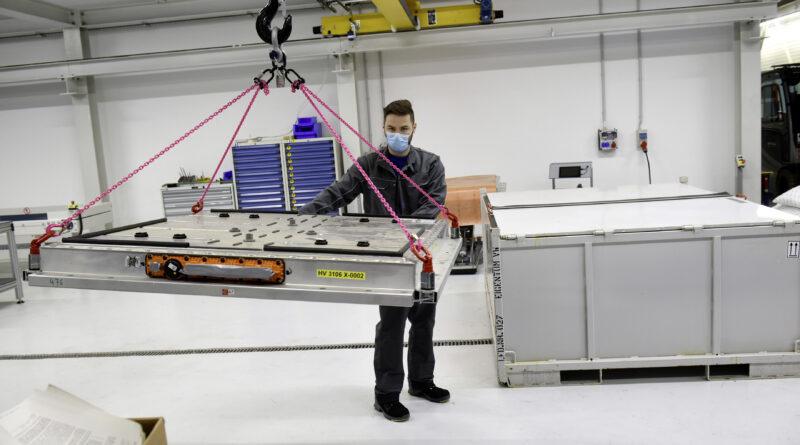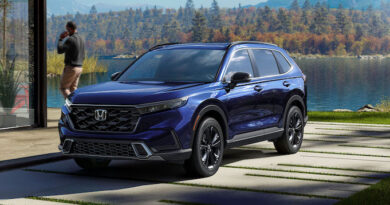What’s in an EV battery pack?
What goes into the lithium-ion batteries used in EVs, PHEVs and some hybrids? Lithium, obviously, but what else? The answer is surprising…
Buried in the background material released by Volkswagen Group Components when it recently announced the commissioning of its first battery pack recycling facility was a detailed breakdown of what the process would yield.
What comes out of the recycling process must have gone in during manufacturing, so it’s basically a shopping list for all the ingredients needed to make a fairly typical lithium-ion battery pack.
Turns out that there’s very little lithium in a lithium-ion battery, according to the VW data. This light metal accounts for just 2 percent of the battery pack’s weight. In a big 500kg battery pack for an EV there will be around 10kg of lithium.
The materials used to make the positive electrodes of the individual cells weigh much more. While various mixtures of lithium and other metals can be used, including iron and aluminium, VW’s example is made from nickel, manganese and cobalt. Here’s how much each contributes to total battery pack weight; nickel 10 percent, manganese 3 percent and cobalt 2 percent.
Graphite, a form of carbon, often makes up the bulk of negative cell electrodes. It’s what’s in VW’s recycled battery and it accounts for 18 percent of total pack weight.
Battery cell electrolyte, which is what makes it possible for the lithium ions to shuttle between the two electrodes, is another 9 percent.
So far we’ve accounted for all the most important functional components of the battery pack, the stuff vital to its functioning as an energy storage device, and we’re still at less than half the pack’s total weight.
But the individual cells, which do all the electrical work, need to be packaged, protected and precisely monitored. The materials needed to perform these vital roles weight almost as much.
Aluminium is the headliner here. It accounts for 32 percent of the pack’s weight, way more than anything else. Copper is 6 percent, plastic 5 percent, electronics 2 percent and steel 1 percent.
Residual material, presumably stuff than can’t be recycled, makes up just 10 percent of the total pack weight.
What’s striking here is how much of a lithium-ion battery pack is made of materials that are already readily and widely recycled.
Lithium-ion breakdown
Here’s what a fairly typical EV battery pack is made of…
- 32% aluminium
- 18% graphite
- 10% nickel
- 10% residual material
- 9% electrolyte
- 6% copper
- 5% plastic
- 3% manganese
- 2% cobalt
- 2% electronics
- 2% lithium
- 1% steel




